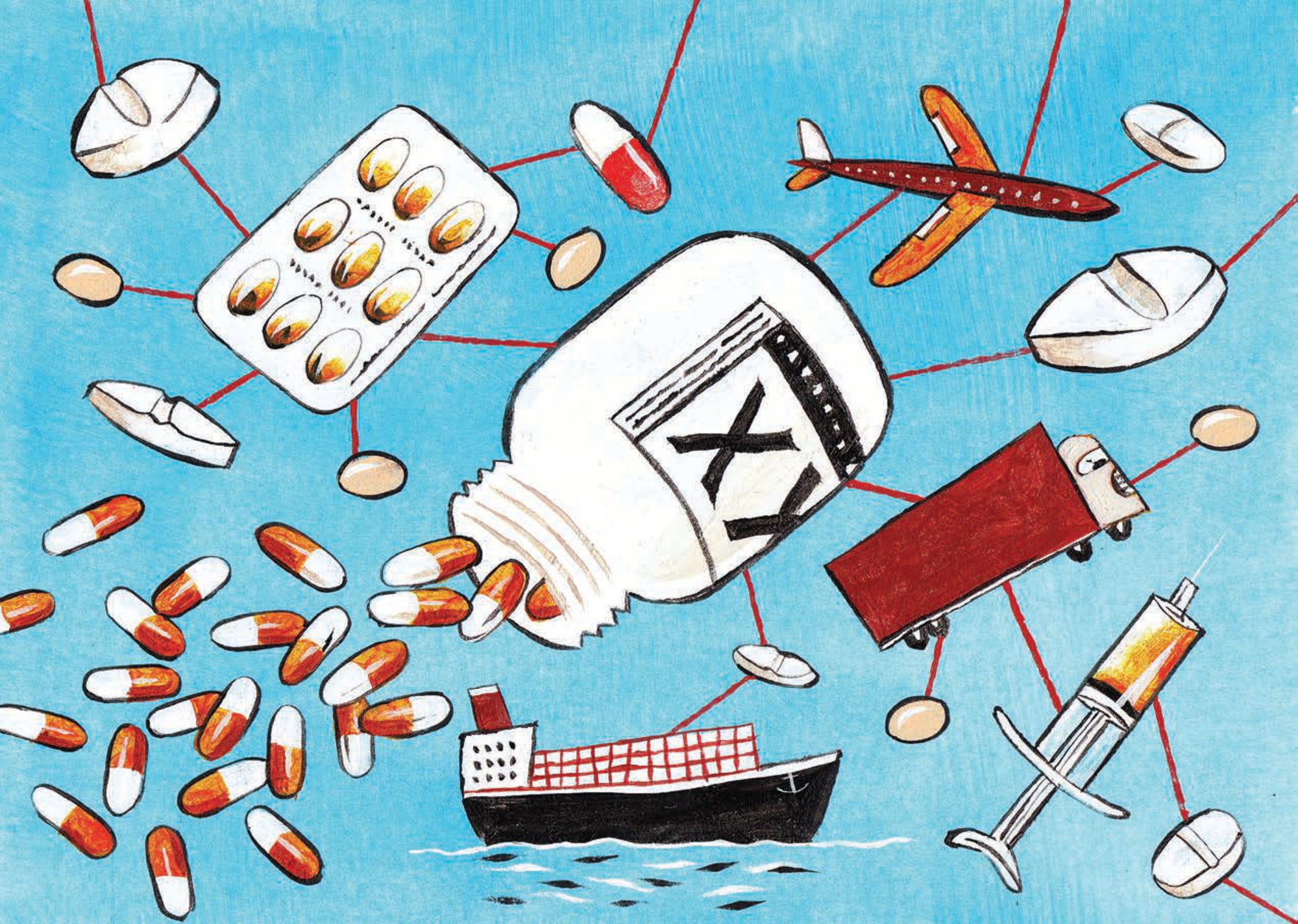Illicit trade in fake goods is a significant and growing threat in a globalised and innovation-driven economy, undermining good governance, the rule of law and citizens’ trust in government. It not only has a negative impact on the sales and profits of affected firms and on the economy in general, but also poses major health and safety threats to consumers.
To provide policy makers with solid empirical evidence about this threat, the OECD and the EU Intellectual Property Office (EUIPO) joined forces to carry out a series of analytical studies that deepen our understanding of the scale and magnitude of the problem. The results have been published in a set of reports: Trade in Counterfeit and Pirated Goods: Mapping the Economic Impact (2016), Mapping the Real Routes of Trade in Fake Goods (2017), Trade in Counterfeit Goods and Free Trade Zones: Evidence From Recent Trends (2018), Why do countries Export Fakes (2018), Misuse of Small Parcels for Trade in Counterfeit Goods (2018) and Trends in Trade in Counterfeit and Pirated Goods (2019). The results are alarming. They show that trade in counterfeit and pirated goods amounted to up to 3.3 % of world trade in 2016, up from 2.5 % in 2013; when considering only the imports into the EU, they amounted to up to 6.8 % of imports, compared with 5 % three years earlier. Counterfeiters operate swiftly in the globalised economy, misusing free trade zones, taking advantage of many legitimate trade facilitation mechanisms and thriving in economies with insufficient governance standards.
Trade in counterfeit and pirated goods is a dynamic and constantly changing phenomenon. Continuous measurement efforts are needed to monitor this risk. This report presents updated figures on the scale, scope and magnitude of trade in counterfeit pharmaceuticals, based on a statistical analysis of a unique database of half a million seizures of counterfeit goods. Structured interviews with trade and customs experts also contributed to the analysis.
This report builds on previous analyses, focusing on the situation in one particular sector: pharmaceuticals. Counterfeits imply not only possible economic damages for this sector, but also significant health threats, since fake medicines are often not properly formulated and may contain dangerous ingredients. Counterfeit medicines have included medicaments for serious diseases, including malaria, HIV/AIDS and cancer. The scale is huge – in 2016, international trade in counterfeit pharmaceuticals reached USD 4.4 billion.
This report responds to major policy concerns. The first is the negative effect that counterfeit trade has on legitimate competitive advantage of rights holders, and consequently on innovation, employment and long-term economic growth. The second one is the damaging impact of crime and illicit trade activities on good governance, public health and safety.
